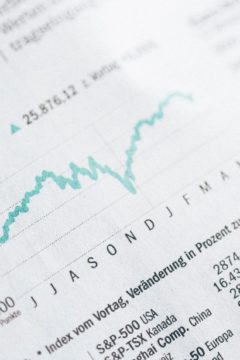
You Can’t Time The Market
“Timing the market” is a concept that has been refuted by many experts over the years. Timing the market is a technique used by investors purchase and sell stocks based on anticipated volatility in prices. The idea is that investors can make profitable investments if they can accurately predict when the market is going up and down. However, today’s conventional thinking tells us that timing does not work for the market. As much as investors can try, it’s an obscure idea to gain huge profits by timing buying and selling orders around potential share price movements.

There is ample evidence that timing the market doesn’t work in today’s world. It seems like a practical philosophy, but when put in practice it almost never works successfully for investors. During times of negative news cycles people tend to pour their emotions and feelings into their decisions about where and how they are investing, leading to an erratic and over-reactive stock market. Even though some investors may luck up every now and again, the market is not set up and designed for the market timing strategy to work consistently.

The good news is that there is a smarter, more surefire strategy for investing which is the practice of systematic investing. The concept of a systematic investment plan is that investors will continually make relatively small amounts of investments over a longer period of time. This includes consistently making contributions into low risk accounts such as mutual funds, trading account, or retirement account such as a 401(k). Systematic investing helps investors to consistently save a smaller amount of capital while at the same time reaping the long-term benefits. This plan also involves the concept of Dollar Cost Averaging. Dollar-cost averaging is a technique used to soften the effect of uncertainty in the market by spreading out the stock or fund transactions, so you don’t buy stocks at a high price point. This concept is a great way to prevent losses and works well for incremental investments. The idea is to distribute your money in smaller, predictable quantities, rather than buying investments in big chunks.
Systematic investing and dollar cost averaging are relatively passive ways of investing because it’s pretty hands off after you set how much and at what frequency you would like to invest. The key to strategic investment is preparing to play the long game, and understanding that the duration of time is the main factor in seeing profitable returns.
Although there are dozens of investment strategies and combinations of those that are touted by financial and investment professionals, it is best to choose the one that makes the most sense for your portfolio and goals. Speak with one of our financial professionals to start building a great strategic investment plan that works for your portfolio. We can help you understand what plan makes the most sense for your portfolio.

